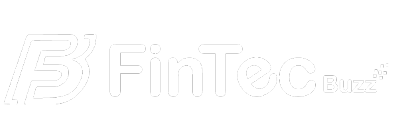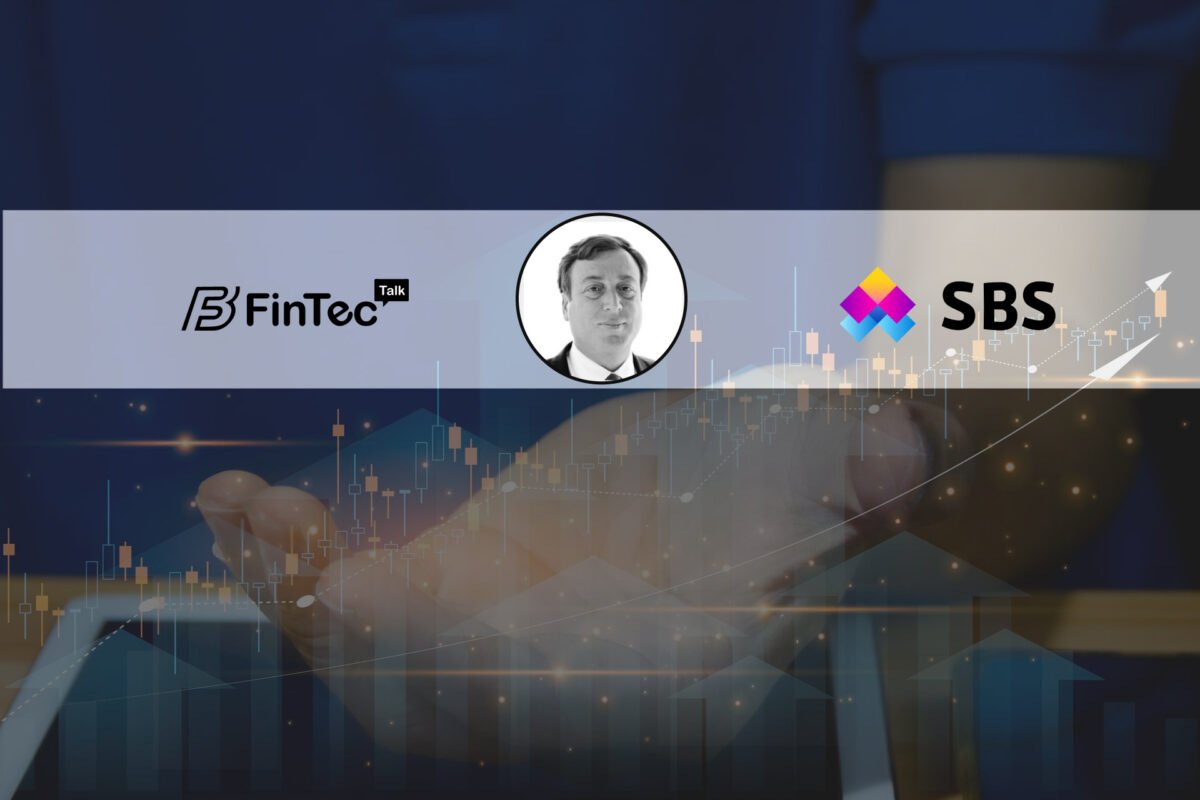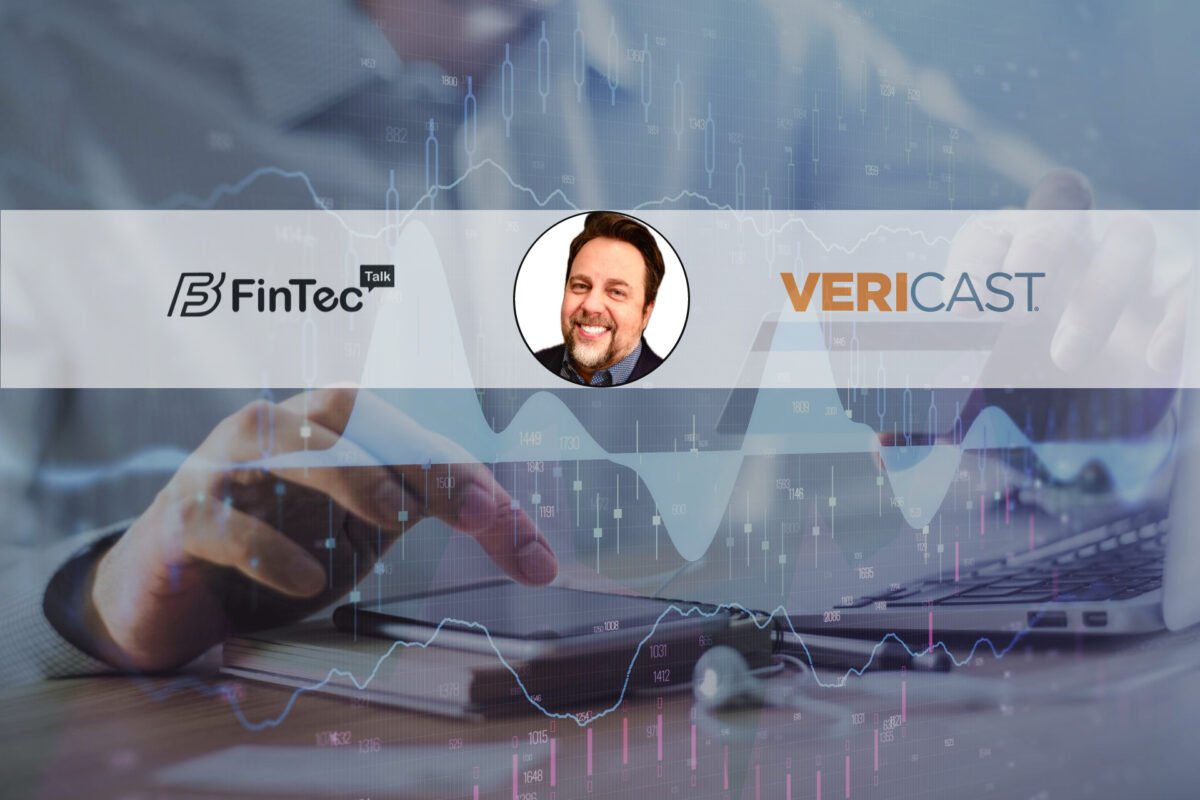Jeff from Real Intelligence discusses different facets of financial planning & what is the impact & significance of different methods in the fintech & the real world
1. Tell us about your role at Real Intelligence.
I am the President and co-founder of Real Intelligence LLC. We introduce middle-class millionaires to exceptional wealth advisors. My business partner, Mike Helgesen, and I started this company to help families achieve financial independence, fully finance their family obligations, and implement the important elements of their family purpose. It is scary how challenged Americans are with financial literacy and a large part of this is driven by the fact that 85% of Americans do not seek the advice of a professional financial advisor. We believe there are a lot of reasons why this is so and we are focused on training financial advisors to engage in a more human-centered method of financial planning and delivering a client service model rarely seen for investors with less than $50 million. DM (Dynamic Map) trained advisors will deliver an essential family office experience to households with as little as $750,000. The benefits of this client service model are that the family office team will protect the family’s wealth in multiple ways (like dramatic market declines at or near the distribution date, loss of wealth from excessive capital gains, unearned income taxes and wealth transfer taxes, and from frivolous and/or fraudulent lawsuits), restore their time to focus on professional and family activities, while maintaining a high degree of discretion and privacy.
2. Can you tell us your journey into this market?
For the last 25 years I served as a wholesaler to financial advisors across the Northeastern United States. About 13 years ago, I developed a training program for advisors that helped them establish this essential family office client service model for middle-class millionaires. In addition to the service model, the advisors received advanced sales training to help them navigate the social challenges of multiple family members. Mike Helgesen was a client of mine and one of the earliest adopters of the CFP (Certified Financial Planner). His Dynamic Mapping method was used for many years to help investors engage in strategic conversations quickly. Most financial planning software delivers calculations in a spreadsheet format with old-school bar graphs. This output is boring, tedious, and leaves most investors completely confused. As Mike and I agreed to put our methods together, it became clear that if we were going to train advisors on the method, we had to solve the problem of the output. The Dynamic Map app (available as a free download on Apple’s app store or Google Play) solves this problem. It is simple and can give the user the calculations in a visual, storyline format inside of ten minutes.
3. How do you think technology is upgrading the financial sector?
Technology is the single biggest investment of all firms in the financial services sector. RIA (Registered Investment Advisors) and broker/dealers are spending capital on sophisticated CRM’s, consolidation software tools for reporting across platforms, AI to help with everything from research to customer service to compliance.
One of the challenges, however, is that there are a lot of fintech programs that are forced upon advisors with no clear demonstration of the benefit to them. This disconnect sometimes leads to a failed investment in technology that is absorbed by the RIA or broker/dealer.
4. How, according to you, can investors develop sound financial strategies?
Although our Dynamic Map app is simple and visually engaging, it is simply a calculator. It does allow for quick, strategic changes which display various outcomes quickly, but it does not offer strategic advice. The Dynamic Map financial planning program does deliver strategic advice for families dealing with various purpose-based challenges. The program is most often implemented through a DM trained advisor who has successfully passed a rigorous exam and agreed to deliver the essential family office client service model to support the family purpose. However, for “do-it-yourselfers” who insist on accessing these strategies on their own, we can sell them the textbook “Weathering Financial Storms” through our website: www.realintelligence360.com.
One example of our strategies includes an aging process in place of the traditional “set it and forget it” model portfolio that was created from a risk profile questionnaire. Risk profile questionnaires ask touchy feely questions that identify how the participant might feel right now about losses. However, that person’s confidence changes based on market conditions. Aging of portfolios ignores how the investor feels and takes the highest amount of risk at the point farthest away from the distribution date. As the distribution date gets closer, the risk is moved into income producing asset classes and ultimately to liquid investments. By creating multiple purpose-based portfolios for each of life’s big financial events, we manage our need for cash rather than emotional responses to market movements that we cannot control.
Another great example is the inclusion of various reserve accounts. Build an inflation account to help offset the rising cost of living in retirement. Build a bear market reserve that helps fund retirement during years of declining values in the stock market.
Strategy is the most important element of a financial plan and I highly recommend engaging with an advisor who understands the benefits of the human-centered method rather than the old-school institutional method of financial planning.
5. What are the best ways families can begin developing and implementing financial plans, keeping present times in mind?
The Dynamic Map app is a great place to start. It is built from the concept of liability driven investing. By understanding how much is needed to fund each of life’s major financial events: college tuition planning, paying off your mortgage, funding your child’s wedding, retirement, etc., you are able to begin planning how much should be taken out of each paycheck and placed into an investment program. Assumed rates of return should be more conservative than long-term market averages due to the assumed risk reduction that occurs as the distribution date nears and during the funding years. For those who choose to enter Social Security income into the app, please visit the Social Security website to get an accurate estimate of how much you might receive when you claim your retirement benefit.
6. What is the significance of multi-generational financial planning?
This is probably the most serious issue in our world today! Allow me to share two, very different, stories that help show the importance of having a family purpose and making decisions that support it.
The first story is about a wealthy family whose family purpose is centered in philanthropy. The wealth was accumulated over several generations in a very successful family business. The family has about $50 million in investable assets. All members of the family have a clear understanding of their rights and responsibilities. Each member of the family is given a significant amount of money at the beginning of each year, with the understanding that they must give it to charity by the end of that year. The goal is to identify those organizations that can offer the most impact with those dollars in areas that are meaningful to the family as a whole, and positively impact the community at large. This family foundation is well organized and well managed. The life lessons that come from this experience drive the moral compass of each family member and deliver analytic skills that contribute to each person’s success in the business world as well.
The other story is less inspiring and very disturbing. For a few years, I donated some of my time to Junior Achievement. Their three missions are: work readiness, entrepreneurship, and financial literacy. One of my assignments was to teach a high school class the basics of credit in Bridgeport, CT. For those of you who are not aware, this is a city that has struggled economically for decades and has been voted the worst place to live in America in recent years. It is riddled with crime and is the largest city in the state of Connecticut. My class was to be on the basics of credit. As soon as I walked into the classroom, I knew this was going to be a challenge. Most of the students were in nap mode and completely disinterested in a guest instructor. I decided to wake them up with a fun math problem. “Would you rather have $1 million or a penny doubled every day for 30 days?” They immediately yelled out “$1 million!” Then they thought about it. I offered them the time to do the math together. They were stunned to see the doubling of the penny pass $1 million at day 28! They were engaged. I explained how compound interest works using this metaphor and they were interested. However, as soon as I turned it around and suggested this is what the credit card companies want to do to YOU, they began to shut down. At one point, I asked where they might go to buy a house. The first person replied, “None of us own a house.” Another girl raised her hand and offered, “the government gives us a house.” It was so sad to see these young faces who felt they had no chance to buy their own home and achieve financial independence. As I wrapped up the program, I reminded them of our three missions: work readiness, entrepreneurship, and financial literacy and asked them to dig deeper into the opportunity they could realize by working with Junior Achievement. However, it was clear to me these young people had already given up on life.
THIS is the consequence of not promoting multi-generational financial planning. If the lower and middle class were as focused on the family purpose, and all parts of the extended family were brought into the conversation, wouldn’t the probability of financial success be higher? Wouldn’t the community at large benefit from this dynamic?
7. How do human-centric financial planning tools help in differentiation between different investment options?
The investment options for human-centric financial planning are essentially the same options chosen to fulfill the institutional model. However, the allocations are set in a different way and the allocations are adjusted annually, but not rebalanced.
The institutional method of financial planning creates an allocation that is based on the emotional sensitivity of the investor. The risk profile questionnaire is the driver behind this and systematic rebalancing brings the allocation back to the original allocation, usually each year. Even in distribution mode, the institutional method suggests a 4% withdrawal rate is generally safe. However, when you read the disclaimer at the end of these presentations it reads, “It is highly unlikely that anyone will withdraw 4% during a long retirement.” Doesn’t that statement completely discredit the 4% rule? Here is an example of how this could happen: Imagine you are taking 4% from your $1 million nest egg. That $40,000 represents your annual income. However, the following year, the market drags your nest egg down to $900,000. Is the married couple really going to take 4% of $900,000 or are they going to take $40,000? Assuming they continue to take $40,000, they have now withdrawn 4.4% from their nest egg. If the market continues to drop the percentage withdrawal will continue to rise and their longevity could become a risk.
The human-centered financial planning method ignores the emotional sensitivity identified on the risk profile questionnaire and focuses on an aging process instead.
The aging process is best used in purpose-based portfolios that take on the highest level of risk at the point farthest from the distribution date. As the distribution date nears, the allocation moves away from risk assets to income producing assets, and eventually liquid assets. The purpose-based portfolios are used for all of life’s major financial obligations like college tuition planning, saving for our children’s weddings, our mortgage, and retirement. Since each of these have different distribution dates, it is likely they will have different allocations. The benefit to this is the investor never has to worry about major market declines when a distribution event is near because those assets would have already been moved to highly liquid asset classes. The dot com collapse did see large numbers of retirees come out of retirement and go back to work due to the three year drop in the stock market coinciding with a poorly timed retirement date. The human-centered method of financial planning could have helped these people avoid this terrible consequence. The other significant difference during distribution phase is the bucketing approach to the successful distribution of income producing portfolios where risk is accepted at the far end of the timeline. This is very different than the 4% rule and will probably require the assistance of a highly trained professional who is familiar with the strategy.
8. What advice would you give to the technology start-ups?
As a tech start-up, I understand the lack of time that is allocated to taking care of our personal issues. I also understand the need to invest my wealth in areas that are unrelated to how I generate revenue. Most people who are tech start-ups do have enough wealth to be classified as at least “middle-class millionaires.” We define that as a household that has at least $750,000 in investable assets. The essential family office client service model delivers an experience that not only minimizes the potential for wealth erosion, but also restores the executive’s time, and does so in a very discreet and private manner. Investment portfolios will be carefully screened to eliminate exposure to areas that are similar to the tech start-up. Property/casualty experts will custom build policies that protect the family from frivolous and/or fraudulent lawsuits. The accounting team will make the best effort to ensure the family will pay their fair share of taxes, but not one penny more! All of the family office services work together to create this wonderful experience so the family never has to be worried.
9. What is the digital innovation in AI technology, according to you, that will mark 2020?
For the last few years, we have watched the robo-advisor go through its’ learning curve. Advisors once laughed when the market got volatile enough to force a collapse of some of these platforms. The pandemic was certainly a real test for names like Betterment and WealthFront. However, both not only survived the pandemic, but thrived in increasing their subscribership. The ability for these platforms to execute daily tax-harvesting as a value add for subscribers and their ability to accommodate investors who are concerned about environmental, social, and governance (ESG) issues relating to the companies they invest in is making these platforms very compelling for middle-market investors moving forward. I have predicted that these machines will replace many human financial advisors in the middle-markets in the next 3-5 years. Given their success of late (in the face of challenging times), I suspect one third of human financial advisors will be replaced by the robo-advisors in just three years.
10. What are the major developments you are planning, in recent time?
Our company is called Real Intelligence because we are here to support the human financial advisor who is aware of the threat robo-advisors present. Our training program (which includes a more human-centered method of financial planning, an advanced sales training program, and the essential family office client service model) is designed to help advisors increase their revenues, increase their average assets under management at the household level, and increase the value of their book of business by committing their time and efforts to the middle-class millionaire marketplace. I know a lot of advisors love their smaller clients, but those clients are going to realize that they can get a similar investment experience for a quarter of the cost of working with an advisor. Only households with larger account values will continue to rely on human financial advisors in the near future.
11. Can you tell us about your team and how it supports you?
My team consists of my business partner, Mike Helgesen, who is in charge of program development (Dynamic Mapping), my Public Relations team who has secured numerous opportunities for us to get the word out, and our app development team who helped us build our vision of the world’s most intuitive financial planning calculator (Dynamic Map). We have one business development officer currently and plan on adding a few more in the next few months.
12. What movie inspires you the most?
The Pursuit of Happyness. This movie is incredible. The fact that it is a true story and I have had the opportunity to meet Chris Gardner and stay connected with him on social media keeps me inspired and motivated to overcome all of life’s curveballs. Chris does an incredible service for society these days as he is also focused on financial literacy for all. Anyone who is facing personal hardships while trying to build their tech start-up needs to watch this movie.
13. Can you give us a glance of the applications you use on your phone?
Dynamic Map (our baby), Linkedin, Facebook, Twitter, Instagram, Starbucks, Marriott (Bonvoy), ESPN, Medium, Amazon Music, YouTube, Zoom, Keap, and Apple Connect.
For more such Updates Log on to https://fintecbuzz.com/ Follow us on Google News Fintech News




